Except for Antifreeze containing Ethylene Glycol, select JUS…
Except for Antifreeze containing Ethylene Glycol, select JUST ONE of the other five VTTTTs covered on EXAM 6, images of all of which are shown below, and provide the corresponding 6Ps, as outlined below: Plant/product/pest = One common OR scientific name = 2 points Poison(s) = 2 points Patients = 2 points Pathogenesis = 3 points Problems = 3 points Plan of Action = Dx by EET & CCDA. Rx = RFS & SABCs/SC + ONE Extra Bolded Information for Dx and ONE Extra Bolded Information for Rx = 3 points TOTAL = 15 POINTS Plant/product/pest = Poison(s) = Patients = Pathogenesis = Problems = Plan of Action =
Read Details


